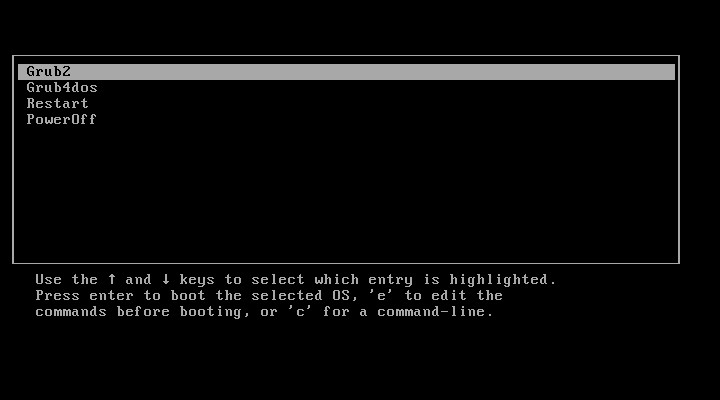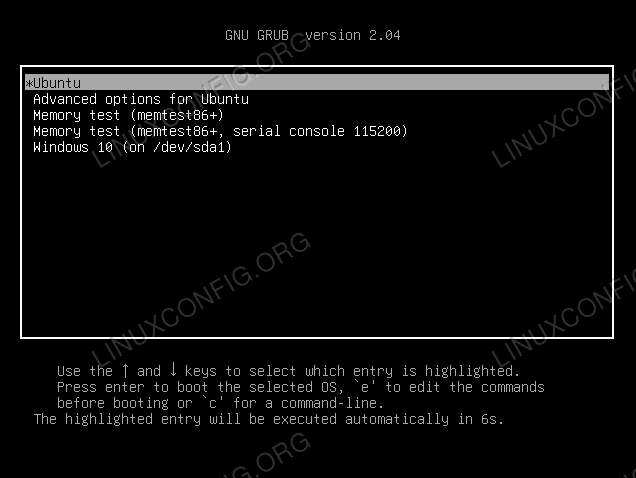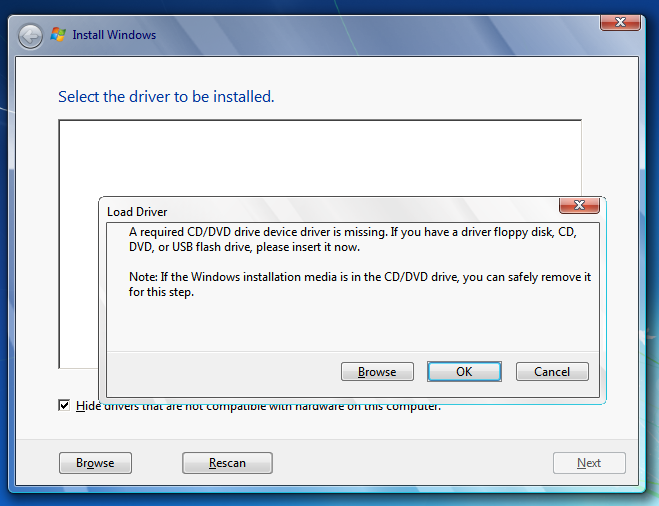

- #INSTALLL GRUB ON USB WITG DRUVERS INSTALL#
- #INSTALLL GRUB ON USB WITG DRUVERS DRIVERS#
- #INSTALLL GRUB ON USB WITG DRUVERS DRIVER#
- #INSTALLL GRUB ON USB WITG DRUVERS DOWNLOAD#
#INSTALLL GRUB ON USB WITG DRUVERS DRIVERS#
If you do happen to get proprietary drivers working on your Qubes system (via installing them), please take the time to go to theĪdd your computer, graphics card, and installation steps you did to get everything working.īefore continuing, you may wish to try the kernel-latest package from the current repository. Those are your best bet for great Qubes support. Support for newer cards is limited until AMDGPU support in the 4.5+ kernel, which isn't released yet for Qubes.īuilt in Intel graphics, Radeon graphics (between that 4000-9000 range), and perhaps some prebaked NVIDIA card support that I don't know about.
#INSTALLL GRUB ON USB WITG DRUVERS DRIVER#
Radeon driver support is prebaked in the Qubes kernel (v4.4.14-11) but only versions 4000-9000 give or take. Proprietary (NVIDIA/AMD) drivers are known to be sometimes highly problematic, or completely unsupported. If you used this tutorial on a YUMI-UEFI prepared drive, the Syslinux bootloader should have been directly replaced with Grub 2.You can use rpm packages from rpmfusion, or you can build the driver yourself. Supporting all three i386-pc, i386-efi, and x86_64-efi architectures. Your USB device can now UEFI and BIOS boot from 32-bit or 64-bit systems. If all went well, you should now be able to boot from your USB Flash drive into a running Grub2 environment.

#INSTALLL GRUB ON USB WITG DRUVERS INSTALL#
Finally, to install Grub2 for UEFI 64 bit, grub-install.exe -force -removable -no-floppy -target=x86_64-efi -boot-directory= X:\boot -efi-directory= X:\ Then, to install Grub2 for UEFI 32 bit, grub-install.exe -force -removable -no-floppy -target=i386-efi -boot-directory= X:\boot -efi-directory= X:\Ĩ. grub-install.exe -force -no-floppy -target=i386-pc -boot-directory= X:\boot //./PHYSICALDRIVE #ħ. (replacing X with your drive letter and # your Disk number),Īnd then press Enter.

To install Grub2 for BIOS, type or copy the following, From the Disk Management Window, make a note of which Disk Number and Volume Drive Letter belongs to your USB device. To do this type the following, then press Enter. Now you’ll want to open Windows Disk Management Tool so that you can determine your USB drive letter and its related disk number. cd %UserProfile%\Desktop\grub*for-windowsĤ. Type the following into the Command Prompt and then press Enter. Next, to change to the grub-2.04-for-windows directory,

You’ll need to use a command line to run grub-install.exeġ.) From the Windows ‘⌕ Type here to search’ box, type cmd.exeģ. This folder will contain grub-install.exe amongst several other files.Ģ. Find the line that sets the root device, typically in the menuentry option: set root'hd1,msdos2' Edit. Open the grub.cfg file, found at /efi/EFI/grub/grub.cfg. Due to the bind mounted device tree, the generated grub.cfg will specify the wrong root. Alternately, you can use a1ive’s modified Grub2 version which includes extra features.Īs seen below, you should end up with a grub-2.04-for-windows folder. At this point you should edit the grub.cfg to set the root device correctly.
#INSTALLL GRUB ON USB WITG DRUVERS DOWNLOAD#
Download the and extract (unzip) its contents to your Windows desktop. Though you can still chainload and run files from NTFS, exFAT partitions.ġ. While Grub2 UEFI (i386-efi/x86_64-efi) will only install on a Fat/Fat32 formatted partition. Note: Grub2 for BIOS (i386-pc) can be installed on a exFAT, NTFS, or Fat/Fat32 partition.


 0 kommentar(er)
0 kommentar(er)
